Time flies, and I think everyone will agree with me. It seems just yesterday I was thinking about how to celebrate New Year 2019, but it is already December 2019, and it is time to think about how to celebrate New Year 2020.
But before it, let’s talk about some festivals and events which have been in Seoul this year.
But before it, let’s talk about some festivals and events which have been in Seoul this year.
 |
| Kimchi Festival 2018 |
Last year, this year was a Kimchi festival in Seoul. I couldn’t go there by myself this year, but I read the news and talked to my friends, who have been there.
It was almost the same as last year. Different booths of different companies, who is somehow related to kimchi.
Btw, you know what is kimchi, right? Kimchi is a traditional Korean salad. But it is not a fresh salad, it is fermented with special species one. Traditionally, kimchi is made of cabbage, but actually, there are more than 100 sorts of kimchi. Kimchi can be made of all types of vegetables.
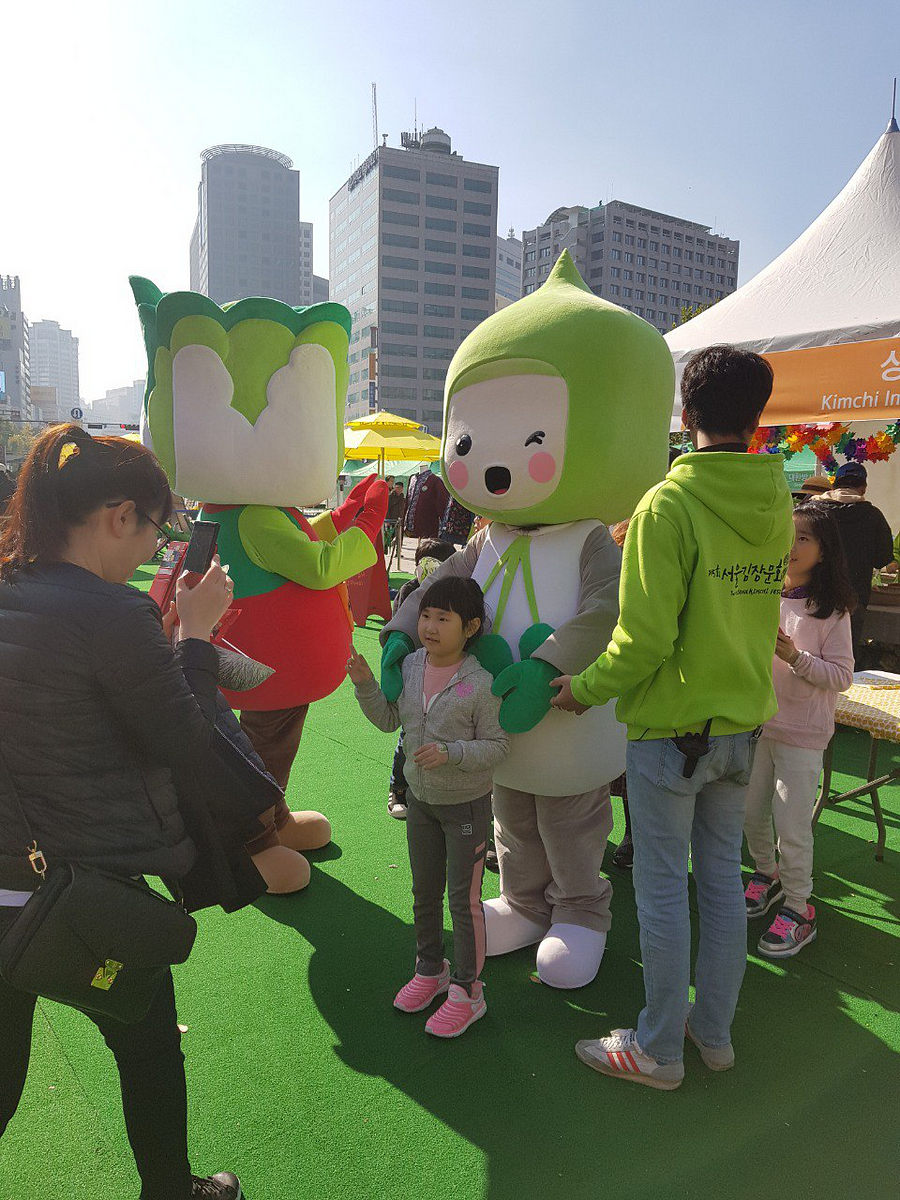
The Festival took a place in Seoul Plaza Square, which is located in front of Seoul City Hall.
There was a Kimchi museum, where visitors could see different types of kimchi, and what kind of kimchi is common in different regions of Korea.
The museum itself wasn’t so huge, but the number of exhibitions was kinda high.
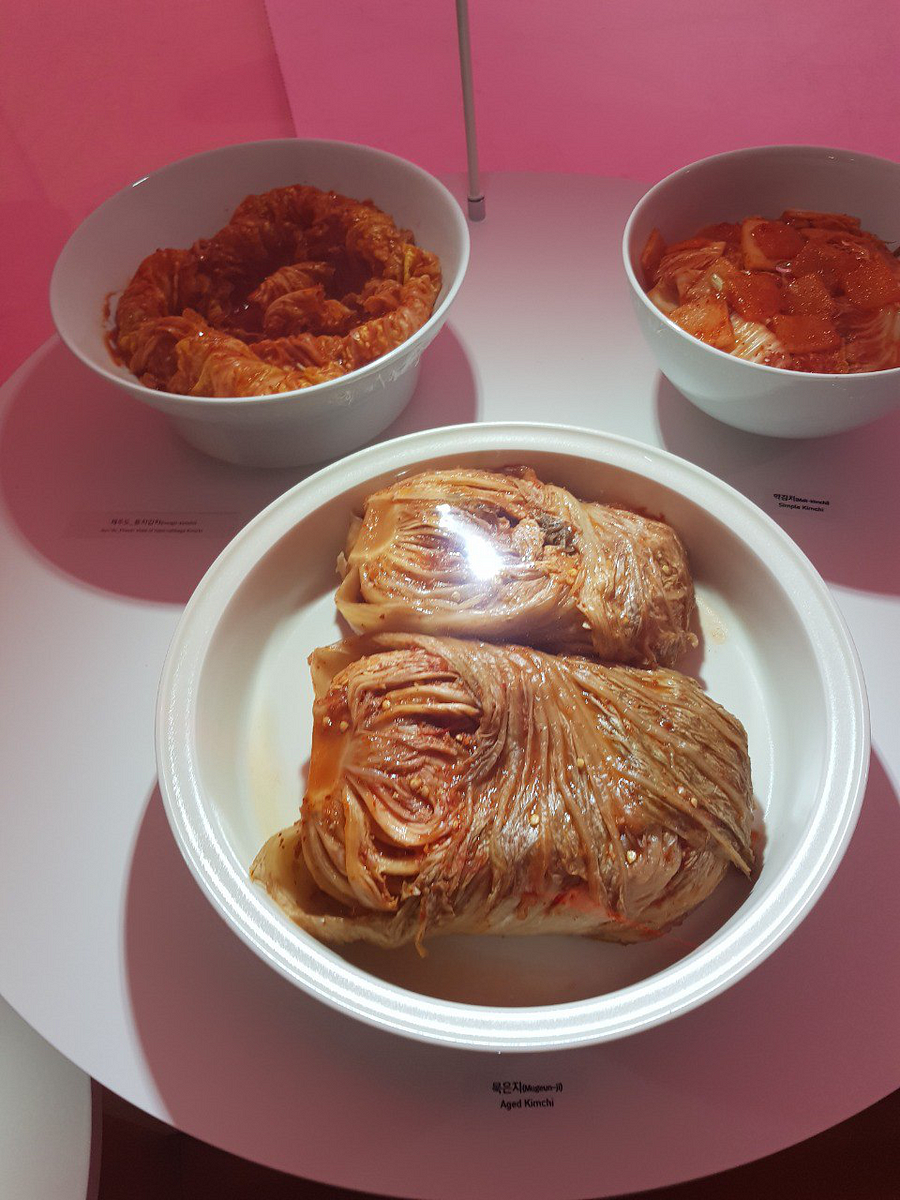

Actually, there were not only South Korean types of kimchi, but also North Korean some too.








Some sorts of kimchi can be made of seafood and only vegetables.

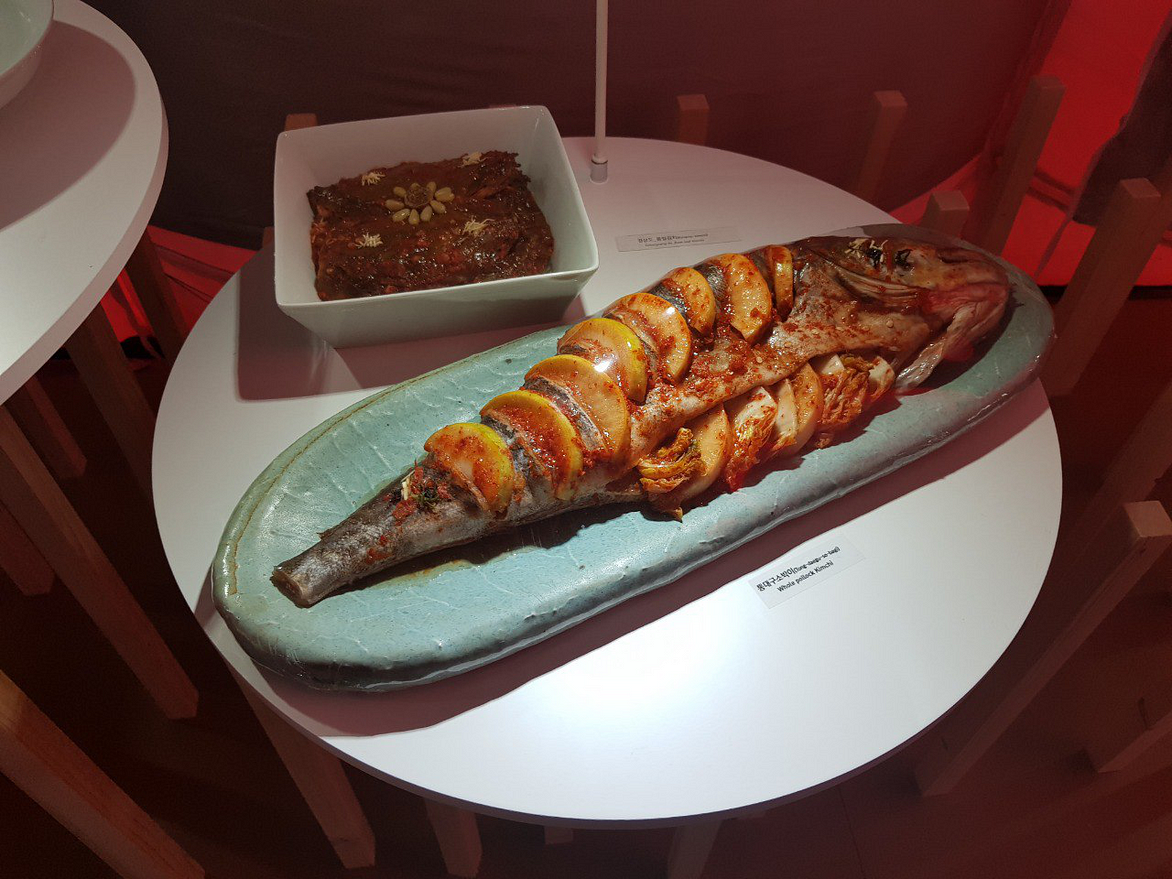




As I already told you, there are more than 100 sorts of Kimchi in the Korean kitchen. And if you consider that every household adds species or vegetables as they want or like, the variety of kimchi is constantly developing.
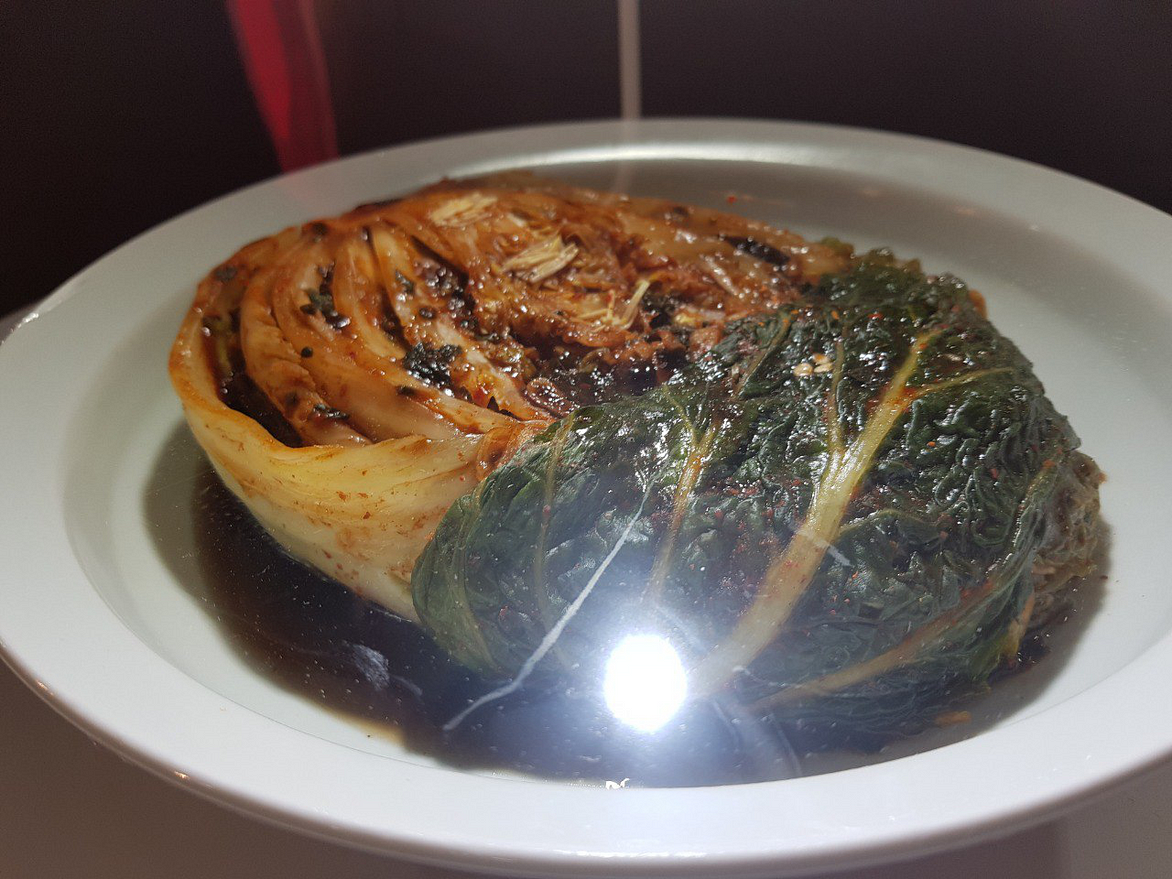





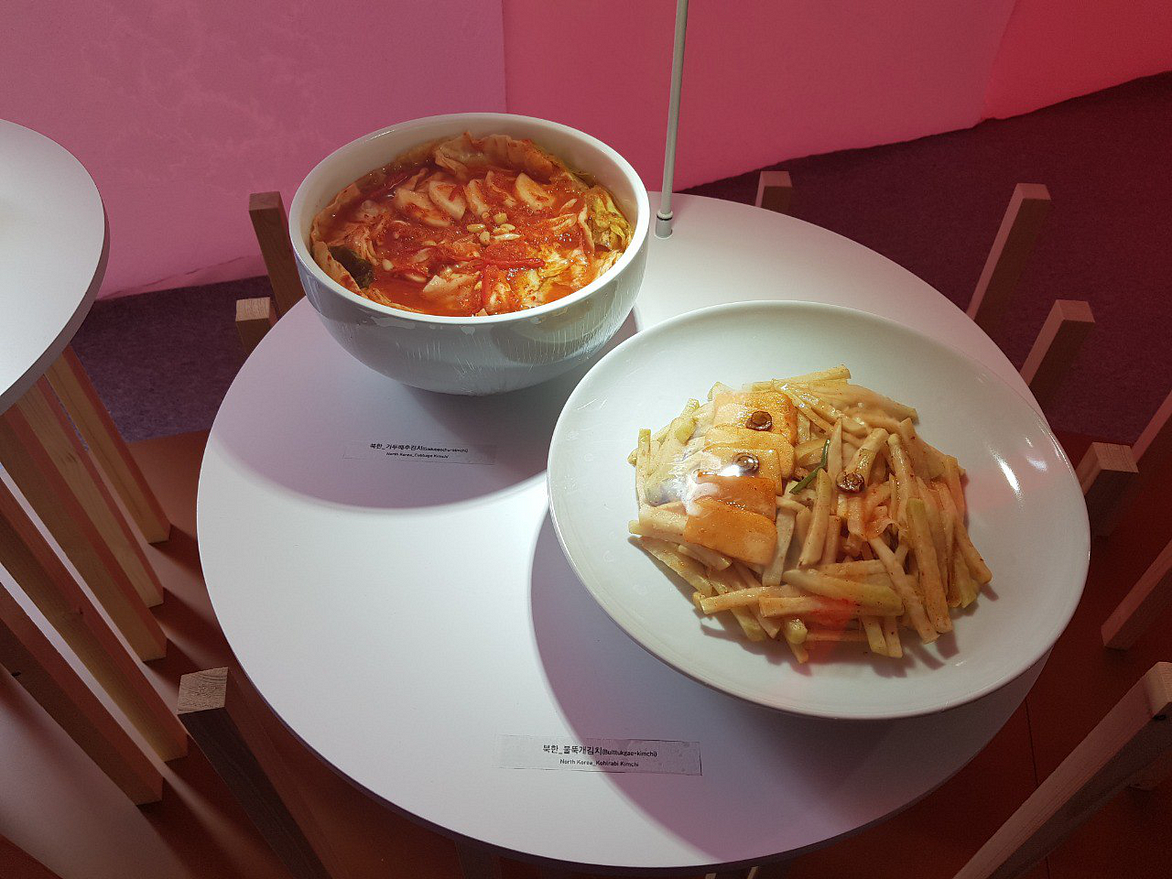



Before visiting this Festival, I couldn’t imagine some sort of kimchi, or kimchi which of some vegetables. Especially, seafood kimchi. And kimchi is a salad or side dish, but some sorts of kimchi even looked like the main dish.

Close to the festival, there were booths of Kimchi retailers. And I walked along the street of booths and tasted different kimchis :)


Besides dishes with kimchi, there was also a stand ‘Kimchi meets Science, which describes the scientific effect of kimchi, and how it affects our health and body.

At the festival, you can also participate in special classes about kimchi and how to make it.

And of course, everyone who wanted to make kimchi by themself. The course took a place on the construction of pepper shapes. On one side of ‘pepper,’ Korean citizens were making kimchi, on the opposite side, foreigners.
All ingredients, containers for kimchi, etc were provided by organizations.



A kimchi culture is really important in Korea. Every year in November people make kimchi at home and then eat it for a year. So, can you imagine how many kimchis they make? It is also important to find a place where to keep kimchi. Therefore, there is a special kimchi refrigerator in Korea

For the young visitors of the festival, organizations prepared a fun corner.


Have you ever tried to make Kimchi?
P.S.: If you visit Seoul in November, check the schedule, maybe there is a Kimchi festival. The entrance to the festival is FREE of charge!

The Festival took a place in Seoul Plaza Square, which is located in front of Seoul City Hall.
 |
| Kimchi Festival 2018 |
 |
| Seoul Plaza Square |
 |
| Kimchi Museum, 100 Kimchi Varieties |
There was a Kimchi museum, where visitors could see different types of kimchi, and what kind of kimchi is common in different regions of Korea.
The museum itself wasn’t so huge, but the number of exhibitions was kinda high.


Actually, there were not only South Korean types of kimchi, but also North Korean some too.








Some sorts of kimchi can be made of seafood and only vegetables.






As I already told you, there are more than 100 sorts of Kimchi in the Korean kitchen. And if you consider that every household adds species or vegetables as they want or like, the variety of kimchi is constantly developing.










Before visiting this Festival, I couldn’t imagine some sort of kimchi, or kimchi which of some vegetables. Especially, seafood kimchi. And kimchi is a salad or side dish, but some sorts of kimchi even looked like the main dish.

Close to the festival, there were booths of Kimchi retailers. And I walked along the street of booths and tasted different kimchis :)


Besides dishes with kimchi, there was also a stand ‘Kimchi meets Science, which describes the scientific effect of kimchi, and how it affects our health and body.

At the festival, you can also participate in special classes about kimchi and how to make it.

And of course, everyone who wanted to make kimchi by themself. The course took a place on the construction of pepper shapes. On one side of ‘pepper,’ Korean citizens were making kimchi, on the opposite side, foreigners.
All ingredients, containers for kimchi, etc were provided by organizations.



A kimchi culture is really important in Korea. Every year in November people make kimchi at home and then eat it for a year. So, can you imagine how many kimchis they make? It is also important to find a place where to keep kimchi. Therefore, there is a special kimchi refrigerator in Korea

For the young visitors of the festival, organizations prepared a fun corner.


Have you ever tried to make Kimchi?
P.S.: If you visit Seoul in November, check the schedule, maybe there is a Kimchi festival. The entrance to the festival is FREE of charge!
Comments
Post a Comment